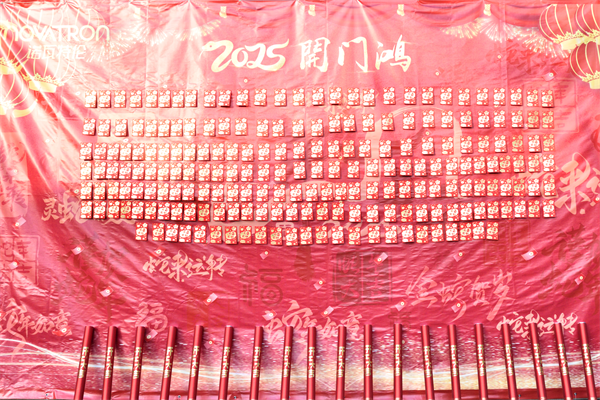Solvent-free lamination technology is an important process in the flexible packaging industry, but various defects may occur during actual operations, affecting the final product quality.
The following is a detailed rundown of nine common defects in the solvent-free lamination process and their corresponding solutions, aimed at improving production efficiency and product quality.
Reasons: insufficient transfer roller pressure, incorrect mechanical brake adjustment, inadequate cleaning of the coating roller, poor roller surface smoothness.
Solutions: adjust the pressure, readjust the brake, clean the coating roller regularly, maintain cleanliness and smoothness of the roller surface.
Reasons: adhesive not replaced in time, impurities on both sides of the glue pressure roller.
Solutions: replace the adhesive regularly, clean impurities on both sides of the glue pressure roller.
Reasons: excessive glue application, poor cooling effect, improper tension setting, poor flatness of the squeeze roller, large differences in glue application, alignment issues between the paper core and film.
Solutions: reduce glue application appropriately, improve the cooling system, adjust unwind and rewind tension, calibrate the flatness of the squeeze roller, control glue application differences, adjust the alignment of the paper core and film.
Reasons: insufficient glue application, poor roller surface smoothness or foreign matter, uneven tension of the substrate film, improper pressure setting, poor compatibility of ink with the adhesive.
Solutions: increase glue application, adjust composite temperature and pressure, clean the roller surface, adjust the deflection roller and tension, readjust the pressure settings, replace with suitable adhesive or ink.
Reasons: unclean coating unit roller, insufficient smoothness of the transfer roller.
Solutions: stop the machine to clean the coating unit roller, replace or maintain the transfer roller.
Reasons: improper ratio, expired adhesive, water or impurities in the adhesive solution.
Solutions: strictly follow the ratio, replace with fresh adhesive, avoid water and impurities in the adhesive solution.
Reasons: uneven material or coarse ink particles, CO2 cannot escape during curing, insufficient surface wettability, foreign matter or scratches on the transfer roller.
Solutions: use high-quality materials or increase the amount of coating, use two-component adhesives, improve the surface wettability of materials, clean the transfer roller in time.
Reasons: improper adhesive application, insufficient humidity, poor compatibility of ink with adhesive.
Solutions: adjust the amount of adhesive, increase humidity, replace with suitable ink or adhesive.
Reasons: improper tension control, relaxation in parts of the substrate film.
Solutions: adjust tension to avoid wrinkles, ensure the flatness of the substrate film.
By thoroughly understanding and promptly addressing these defects, the application effect of solvent-free lamination technology in the flexible packaging industry can be effectively improved, ensuring product quality, reducing production costs, and increasing production efficiency.

+86-(0)571-88634319
+86-(0)571-88620157
 English
English 中文
中文 日本語
日本語 한국어
한국어 français
français Español
Español italiano
italiano русский
русский português
português العربية
العربية ไทย
ไทย

